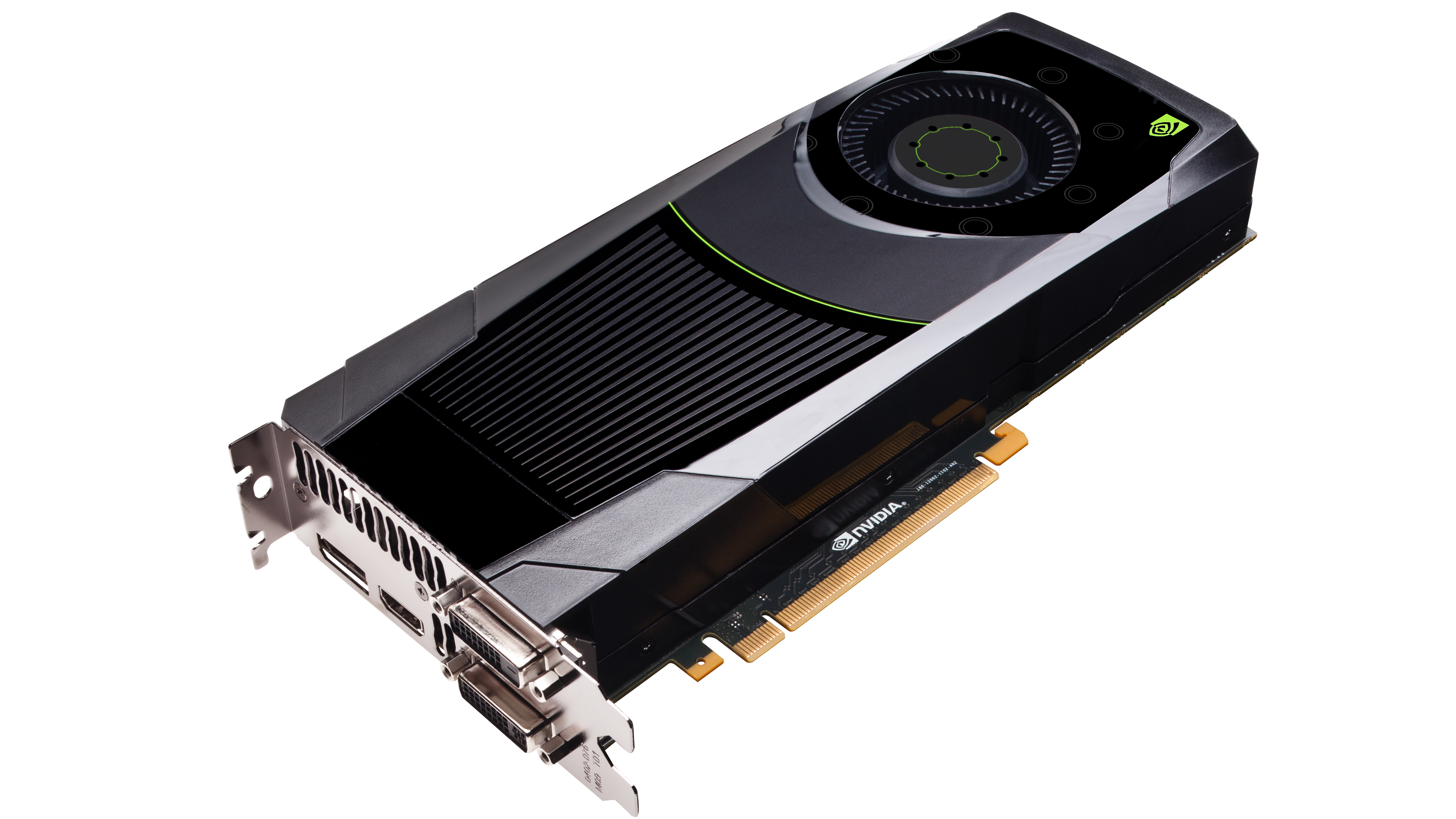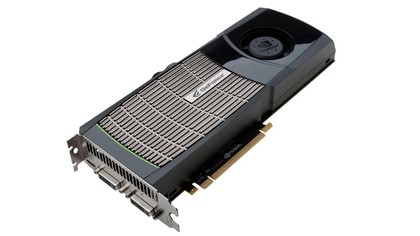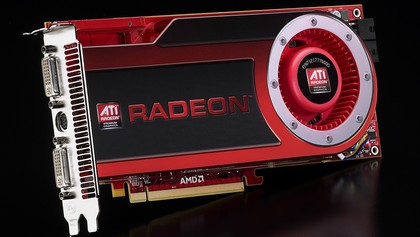Is Nvidia's GeForce GTX 680 an imposter?
A mid-range graphics chip for a high-end price

Is Nvidia's latest and greatest pixel pumper, the Nvidia GeForce GTX 680, all it's cracked up to be?
With a price tag over £400 and world beating performance, the immediate impression is certainly of A.N. Other uber GPU.
But the GTX 680 is not a natural successor to historical heavy weights like the Nvidia GeForce GTX 580, 480 and 280.
The first hint that the GTX 680 might be a bit different is its GK104 internal codename. That codename also invokes parallels with something similar that happened at Nvidia's main rival AMD. More on that in moment.
If you knew nothing else about the GTX 680 other than the GK104 codename, you'd assume it was the successor to the GF104 (and its respun cousin the GF114), the graphics chip that begat the Nvidia GeForce GTX 560.
That was the second tier, rather than range-topping, graphics chip in Nvidia's outgoing GeForce 600 series of GPUs.
Inherited design philosophy
Take a closer look at the GeForce GTX 680 and that impression is only reinforced. It inherits its design philosophy from GF104 and not its bigger GF110 brother.
Sign up for breaking news, reviews, opinion, top tech deals, and more.
So the 680 is heavy on graphics rendering grunt and relatively light on the features needed to run so-called general purpose software, a computational discipline that has arguably made Nvidia's high end GPUs over sized and inefficient in recent years, at least in the context of games performance.
GK104 is also a very compact graphics chip. OK, there's a process shrink from 40nm to 28nm involved. But in the past, Nvidia has typically taken the opportunity to keep the overall chip size up and stuff in more transistors. Thus when the GTX 480 replaced the GTX 280, the transistor count more than doubled from 1.4 billion to 3 billion.

But the new GeForce GTX 680 only ups the ante to 3.5 billion. What's more, the new GTX 680 only sports a 256-bit memory bus. That's somewhat inevitable given the physical proportions of the GK104 chip and the limitations that places on the number of available contact points. But it means Nvidia's flagship GPU now has a narrower memory bus than its top chip of four years ago.
Now, you could say none of this matters. The only critical metric is performance. The GTX 680 is the fastest single you can buy. The end. But that's to ignore both what might have been and, arguably, what ought to be.
So, here's the bottom line. The GTX 680 is not a high end GPU. But it's being sold for the price of a high end GPU and that very likely makes it hugely profitable. Somewhere deep inside Nvidia's labs, there's another, much larger and more powerful GeForce 600 Series GPU.
Maybe this bigger chip is a bit broken. Or maybe Nvidia decided that doesn't need to release it while GK104 is topping the performance tables. Whatever, this wasn't Nvidia's original plan. The plan was to give the world a bigger, faster GPU. Instead, we got something smaller, but we're still being charged top dollar.
The reason why this really bothers me involves parallels with what AMD has been up to in recent years. Back in 2008, AMD rolled out the Radeon HD 4870. Also known as RV770, the 4870 was AMD's top GPU, but in terms of price and chip size it was more of a mid-range.

For £200, AMD gave you a graphics card that came awfully close to matching the performance of Nvidia's beastly – and much more expensive – GeForce GTX 280. At the time, AMD said it was the beginning of a new strategy to deliver maximum performance at the £200 price point and sod high end graphics. There was much rejoicing.
Since then, AMD's GPU have been growing gradually larger. The latest AMD Radeon HD 7970 is a 4.3 billion transitor, £450 monster. So much for that idea. The real disappointment, then, is that Nvidia's new GeForce GTX 680 was an opportunity to do the same thing, to offer gamers superb value for money. I reckon it would still be profitable at £200. Oh well.
Technology and cars. Increasingly the twain shall meet. Which is handy, because Jeremy (Twitter) is addicted to both. Long-time tech journalist, former editor of iCar magazine and incumbent car guru for T3 magazine, Jeremy reckons in-car technology is about to go thermonuclear. No, not exploding cars. That would be silly. And dangerous. But rather an explosive period of unprecedented innovation. Enjoy the ride.